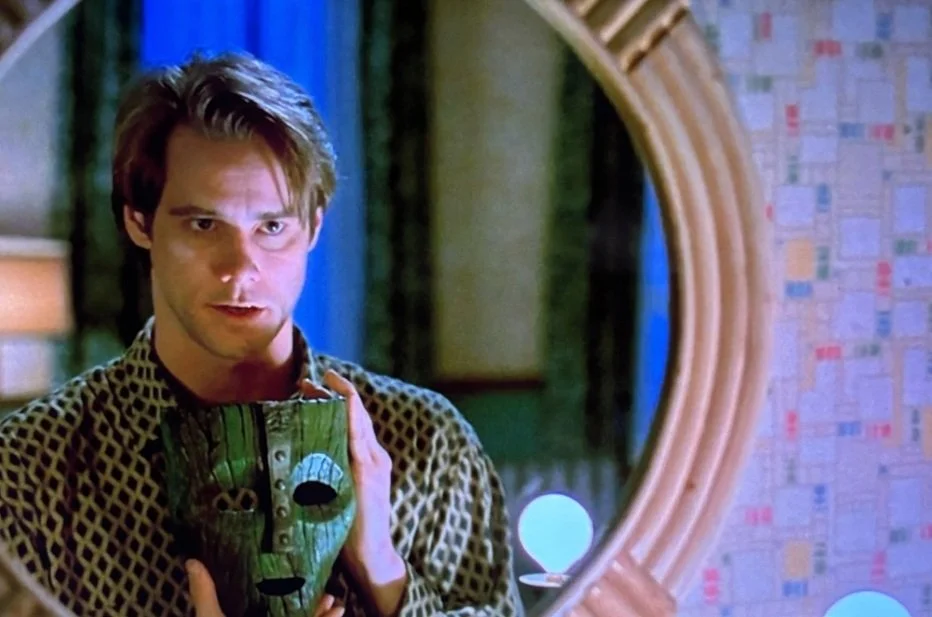Only Noticing the Disappointments?
As we stray further and further from the start of the year, we might find ourselves reflecting on the goals we set—a new job, stronger relationships—you name it. If you’ve kept up with that—congrats! But the majority of us fizzle out quickly, losing energy with every new complication life throws at us.
When we lose energy with our goals, it can be easy to fall into routine thoughts. “I’ll never change” or “I don’t even know why I try.”
Sound familiar? That cycle of shame feeds off of this feeling of being “stuck,” unable to make changes and reach our goals. Some ways we’ve talked about healing this thought process is to view your “cycle” as an upward-moving spiral or to set new intentions rather than goals. Today’s post will work a little like this. It’s all about recognizing changes you’ve already made with a Reverse Bucket List.
What’s on Your Reverse Bucket List?
You probably know the bucket list—it’s that list of things you want to do before you “kick the bucket.” We’re all familiar with it, but most people don’t check off their bucket list items. Those goals are FAR-OFF, UNCLEAR, DISTANT, or NOT ACTIONABLE—all factors that make it hard to take action and make changes.
Bucket lists aren’t very helpful because they’re based in a DISTANT future—so distant that we might not have any intention to take the necessary steps to attain these things.
Instead, the REVERSE bucket list goes in the other direction. While the bucket list points to the future, the reverse bucket list points to the PAST up into the present. It helps us RECOGNIZE our past achievements and moments we are proud of so we can notice changes. When we work on acknowledging small change, it helps us appreciate our forward movement, even when life feels at a standstill.
How to Use the Reverse Bucket List
Follow these instructions to help you get started on your reverse bucket list and use the example as a guide!
Divide a piece of paper into two columns where the right column is wider than the left column.
Pick a starting point in the past. (A standard starting point is from one year ago.) Write the month and year at the top of the left column.
Fill in the rest of the left column with the month and year working from the starting point all the way back to this month and year.
As best as you can remember, jot down all the things you achieved and all the things you are proud of for each month. Nothing is too small to include here! (E.g., “I declined extra work from my boss this month” or “I expressed my anxiety by writing a poem.”)
You don’t have to follow this list chronologically. Jump around and fill in the months you recall easily, bounce back and forth between months, fill in the reverse bucket list whichever way fits you best.
Keep adding to this list every month! As this month comes to a close, ask yourself, “What did I accomplish this month? What am I PROUD of? What CHANGES did I make? What did I do well? What good habits did I maintain?”
I keep a reverse bucket list in my phone’s “Notes” app and add to it continuously. That way, I can recall the list as a reminder anytime I need to—highly recommended!
Drawing Strength from the Reverse Bucket List
Most of my clients have a habit of giving credit to OTHERS without giving much credit to THEMSELVES. They are self-critical individuals who struggle to recognize their own changes and accomplishments. The reverse bucket list intends to remind such people that you have had a lot of FORWARD movement even when things feel like they are the same.
When you make small (even unconscious) changes throughout life, it can be hard to notice the impact they have, and you can still get caught in that “shame cycle” mindset. But the reverse bucket list helps record those micromovements and can serve as a reminder of changes when you feel stuck at different points in life.
Want help with your emotions?
Grab your 9-page free guide, “How to Work with BIG Feelings: Anger, Sadness, & Fear”
© Copyright 2021 Joanne B. Kim. All rights reserved.
JOANNE B. KIM, LMFT
Joanne is a Licensed Marriage & Family Therapist and Certified Brainspotting Practitioner in San Jose, CA, who loves helping people create emotionally thriving relationships. She helps people EXHAUSTED by anxiety, shame, and an allergic reaction to anger create VIBRANT relationships where they matter, too.
Many of her clients are:
(1) the highly responsible, conscientious, and empathic types
(2) Enneagram Type Ones, Twos, Fours, or Nines
(3) Highly Sensitive Persons (HSPs)
(4) adult survivors of emotional abuse and neglect
The most common words spoken by those who’ve sat with Joanne: “I thought it was just me. I’m NOT crazy!”
“I can finally figure out what to do with all these feelings!”






































See how the Enneagram and genogram reveal trauma, boundaries, and generational patterns in families like the Bridgertons — and maybe yours too!